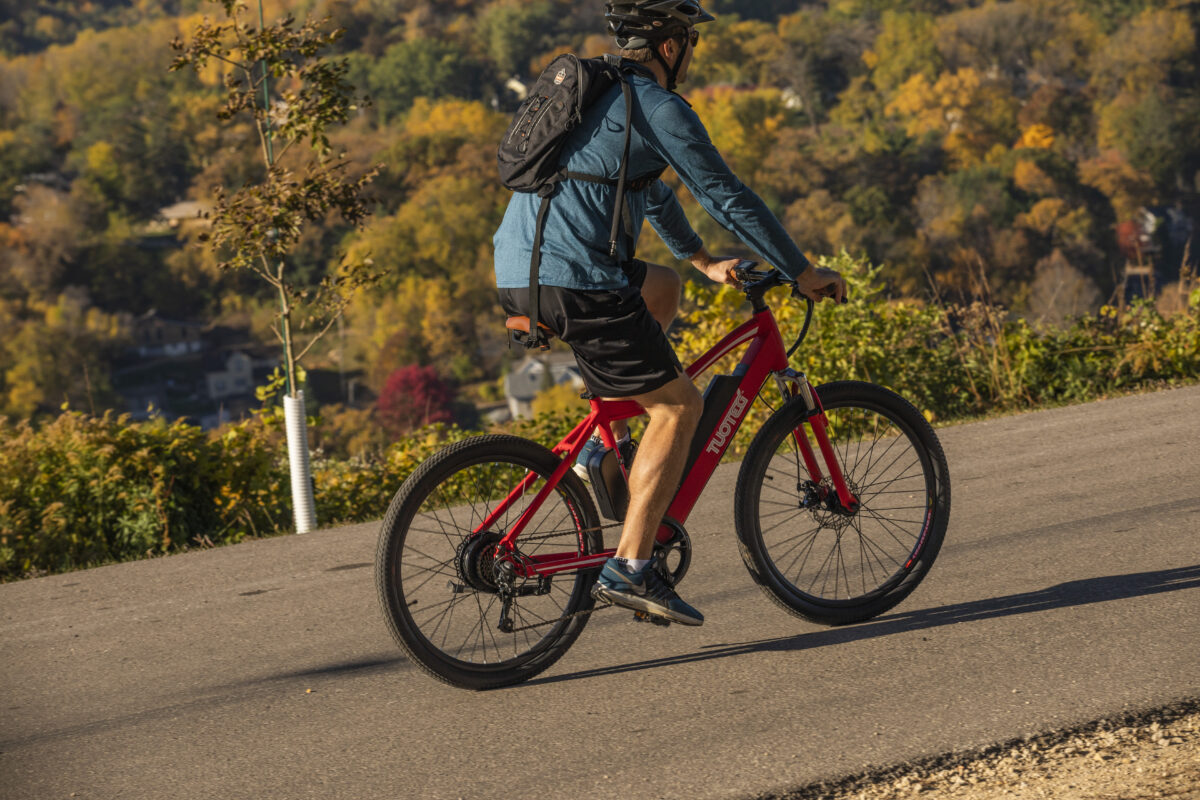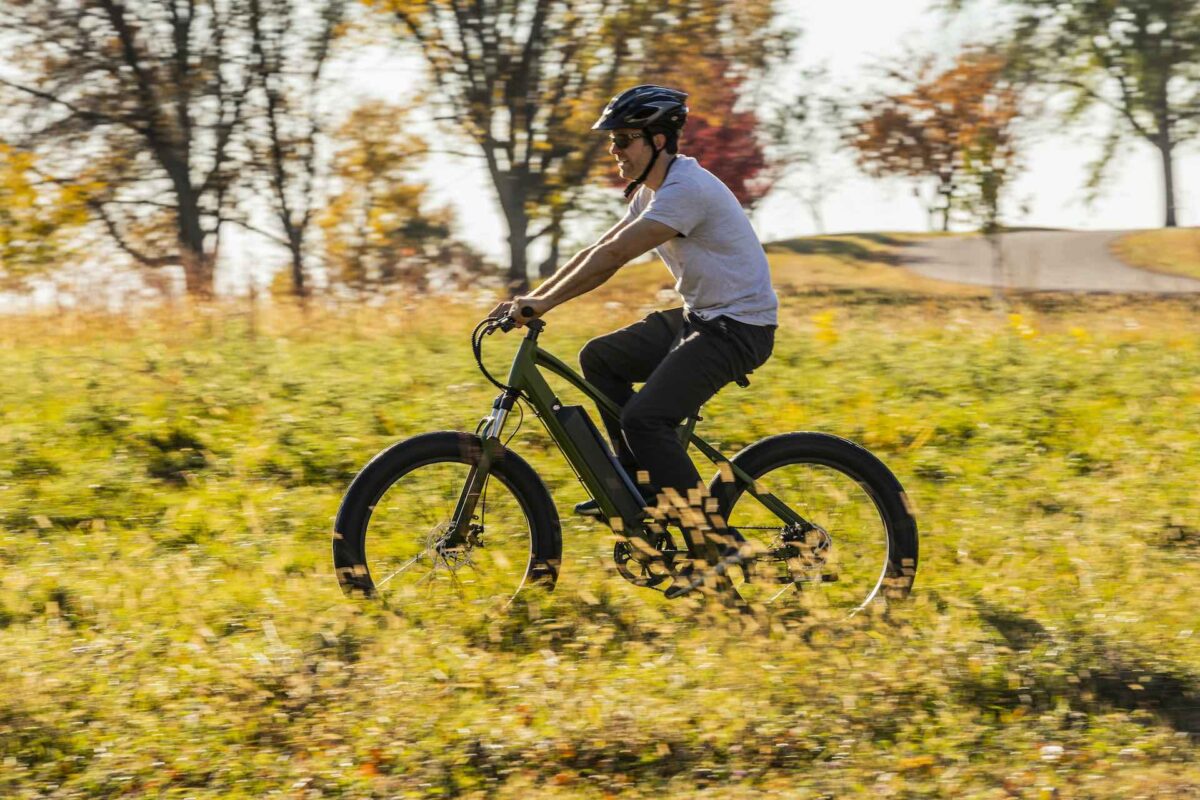Accessories, Informational, Preparation, Safety, Style
Bike Safety 101: Finding the Right Bike Helmet For You
Finding The Right Bike Helmet for a Safe Ride
Riding a bike—especially ones that go extra fast such as eBikes—can be extremely fun, but it can also be dangerous if you don’t wear a helmet. Finding the right bike helmet that is right for you is an important step towards riding safely and avoiding injury. Here are some tips on how to find the right helmet for you.
Measure Your Head
This is probably one of the easiest ways to find a helmet that fits you perfectly. All you need is a measuring tape! Measure the circumference of your head by placing the measuring tape about an inch (or two fingers) above your eyebrows, pulling the measuring tape around the backside of your head and back to the front. Make sure you don’t pull the measuring tape super tightly against your head—just enough that it is skin-tight. Most bike helmets are measured in centimeters, so when taking your measurement note the centimeter measurement, as opposed to inches or barleycorn…
Pick Out a Helmet
If this is one of the first times you are picking out a bike helmet, it is best to go to a store and physically try one on, since everybody’s head shape is a little different. Once you find a helmet with the right circumference, make sure to try it on and see how it feels. A properly fitted helmet should rest about an inch (2 fingers) above the eyebrows and be snug around the back of the head (securing around the occipital lobe, for the anatomy enthusiasts out there). If there are any pressure points, that is a sign the helmet might be too small, or the wrong shape.
Move it Around
The next step is to securely fasten the helmet to your head with the chin strap. Once that is done, you should try and move it around to see if it easily shifts on your head. If it moves around on your head really easily, then that is a sign that the helmet is too big for you.
Finding the Right Bike Helmet That Fits Your Style of Riding
There are generally 3 different styles of bike helmets.
- Mountain bike helmets – these types of helmets offer extra coverage on the back of your head, as mountain bikers are more likely to fall backwards than other types of biking.
- Casual bike helmets – provides rudimentary protection for leisure bike rides
- Road bike helmets – typically lightweight with extra ventilation
You can use any type of these helmets for different bike activities—just because you buy a casual bike helmet doesn’t mean you can’t go mountain biking. The different styles of helmets might just help you narrow down your options a little easier.
Important!
Never buy your kid a helmet that they will “grow into.” A helmet that is too big is a helmet that won’t keep them safe. It is better to be safe and spend the extra money than to buy a helmet that doesn’t provide any protection. A helmet that is too large is almost like not wearing a helmet at all.



